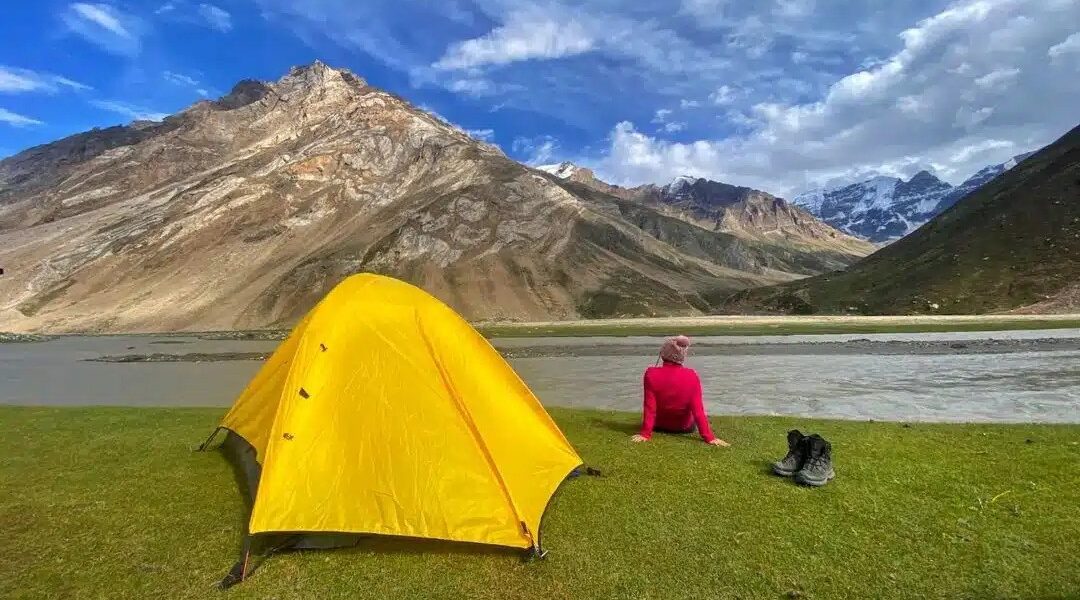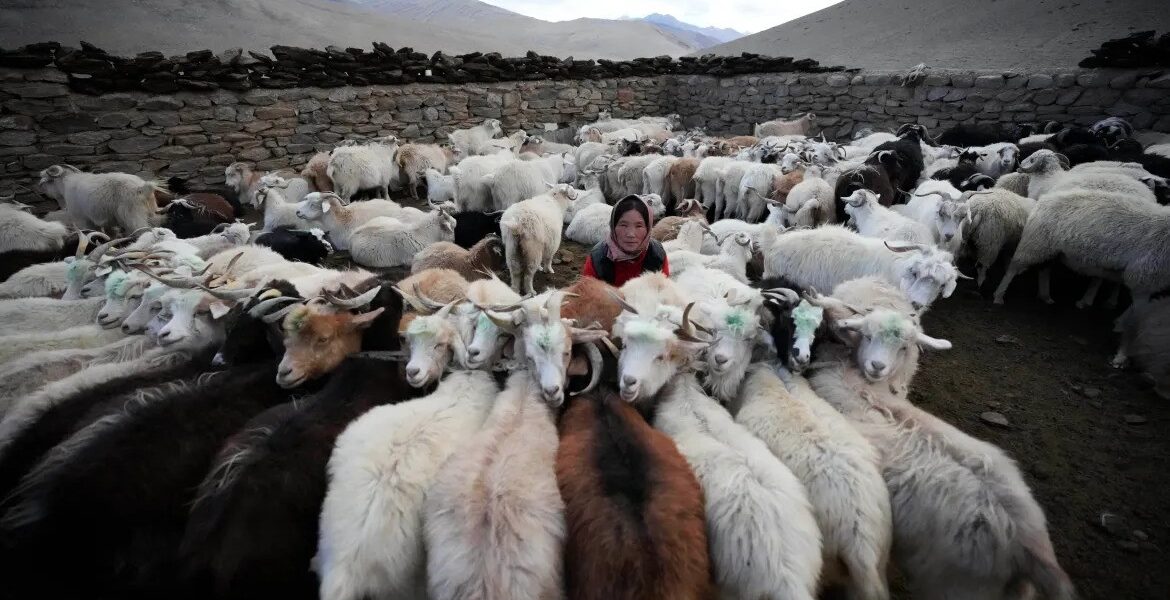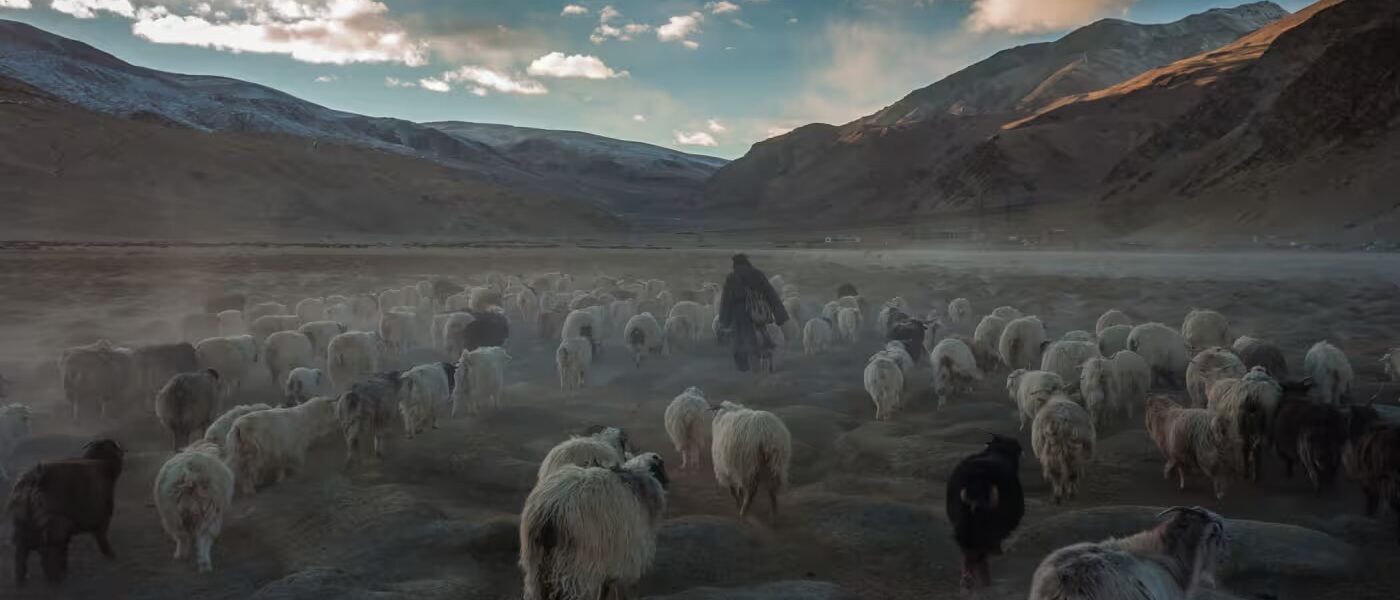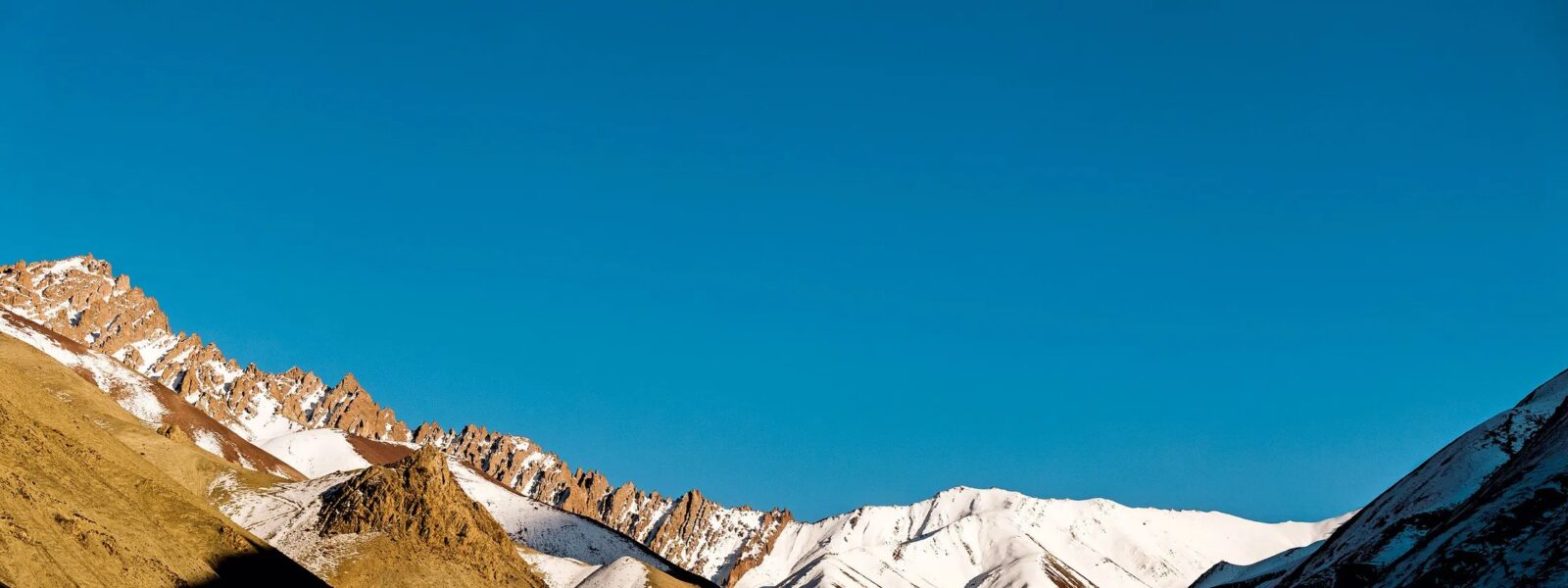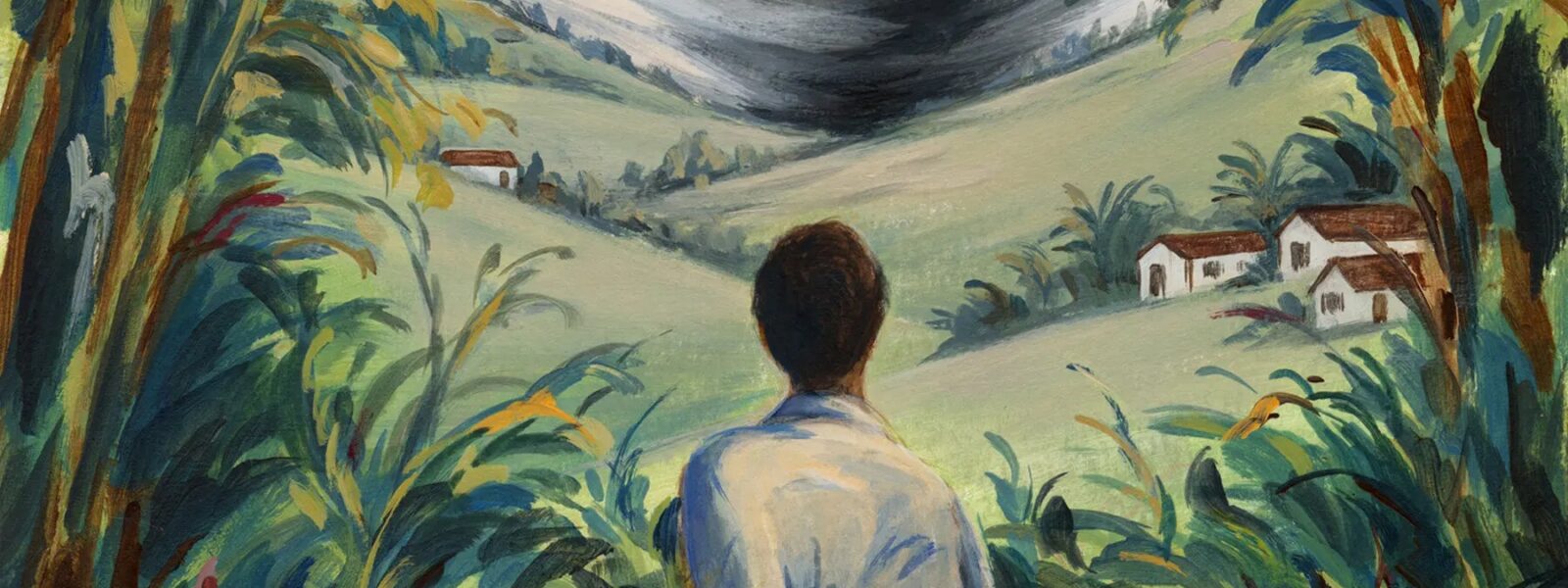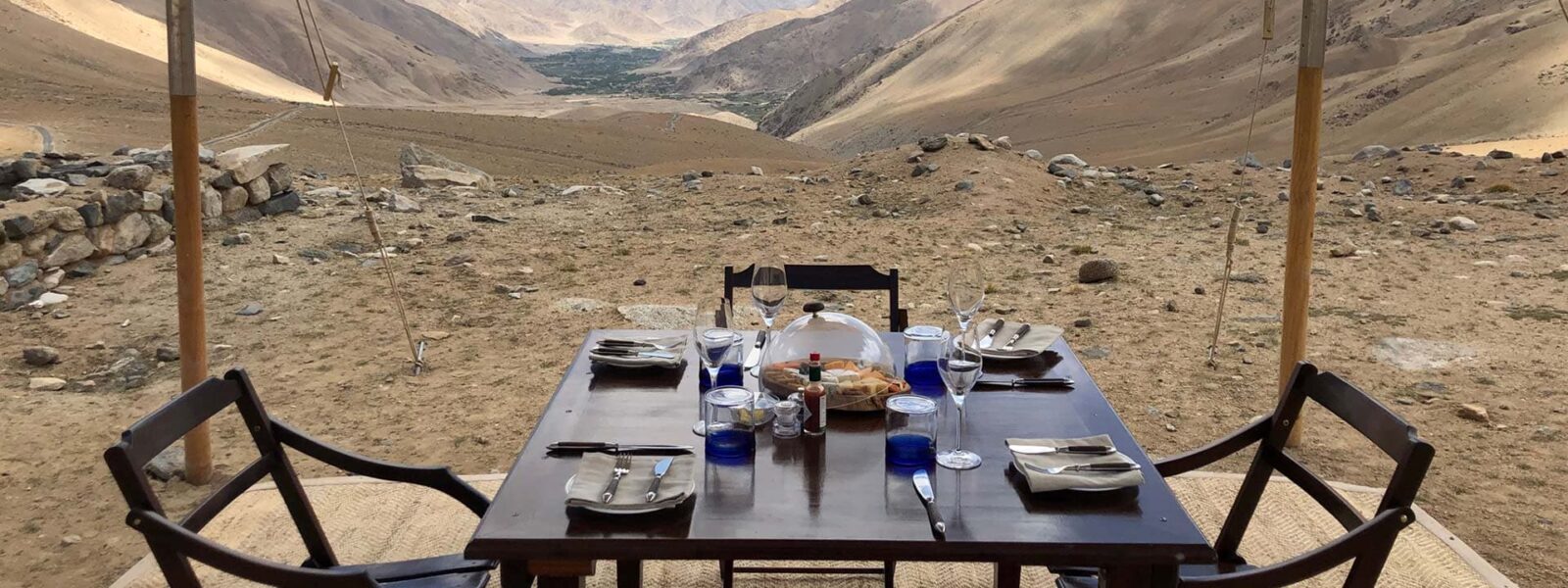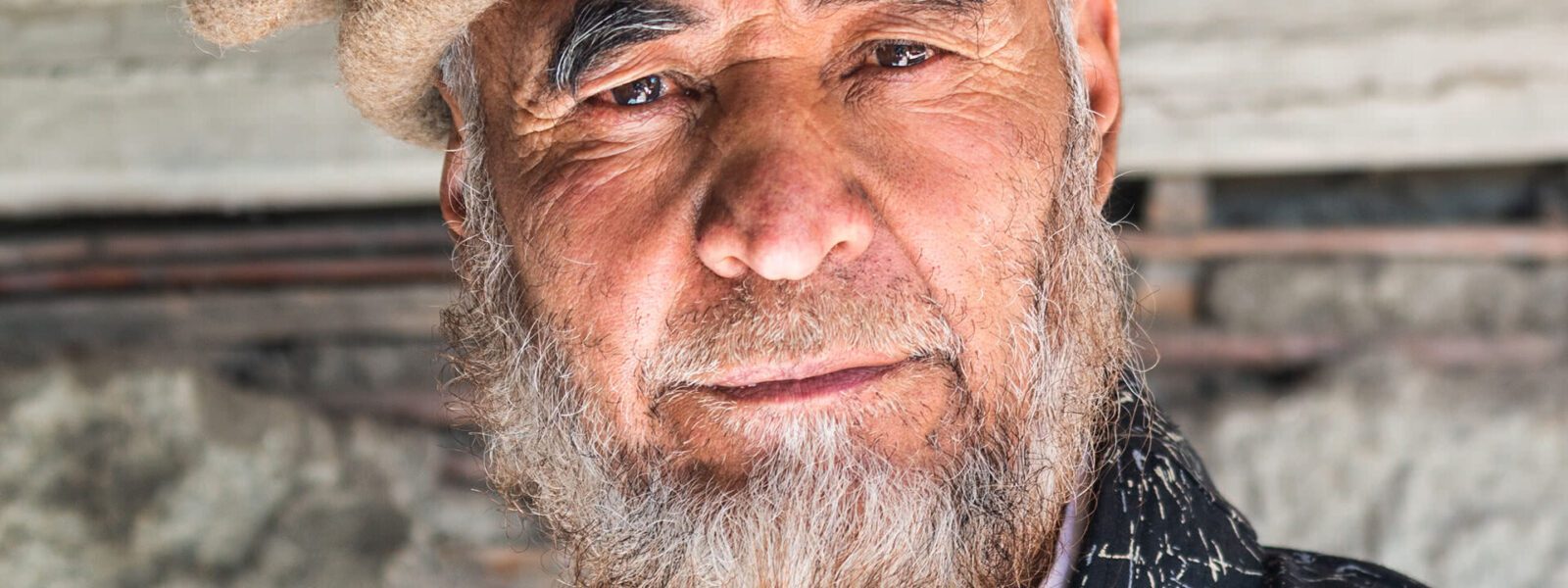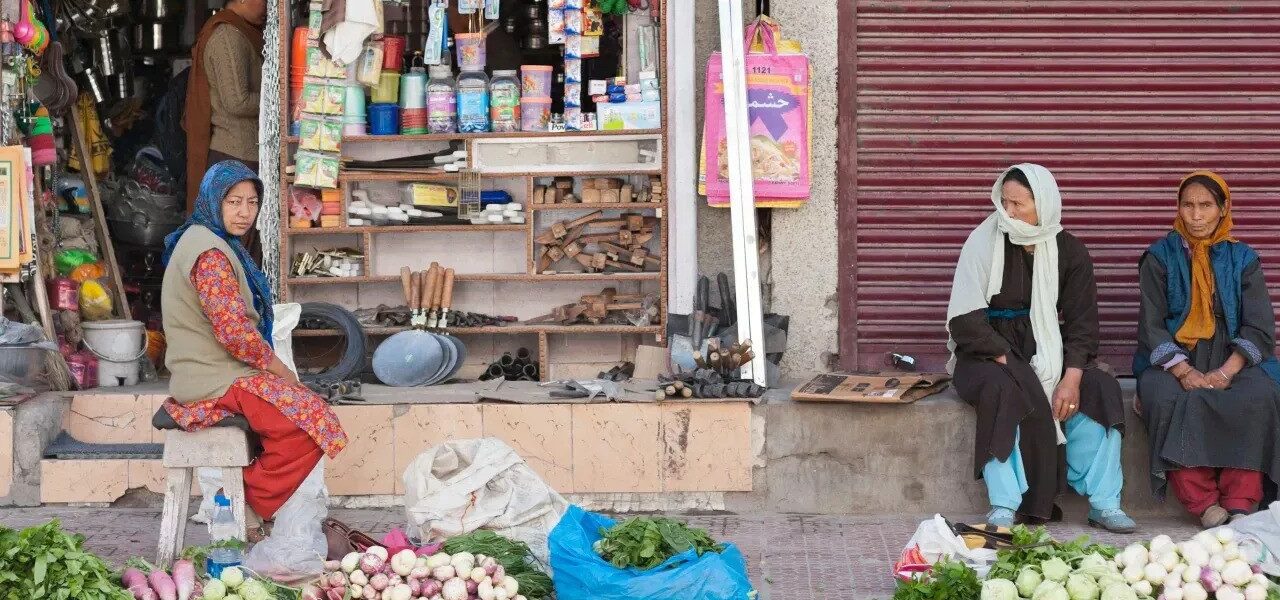Solo trekking in Ladakh is a journey like no other, offering trekkers the chance to experience the raw beauty of the Himalayas while discovering their inner strength. Trekking alone in this remote region brings both challenges and rewards, but with the right preparation, you can conquer Ladakh’s trails and create memories that last a lifetime.
In this guide, we’ll walk you through everything you need to know about planning, preparing for, and conquering the trails alone in Ladakh.
Why Solo Trekking in Ladakh is a Unique Experience
Exploring Ladakh’s Rugged Beauty Alone
Ladakh’s vast and rugged terrain presents a breathtaking landscape that’s best appreciated in solitude. As you traverse these trails alone, you’ll find yourself surrounded by towering peaks, expansive valleys, and tranquil rivers. Unlike trekking with a group, solo trekking allows you to move at your own pace, stop whenever you please, and immerse yourself fully in the surrounding beauty.
“The solitude of Ladakh’s wilderness was exactly what I needed. It was a chance to reconnect with myself and the natural world in a way that’s difficult to describe. The raw, untouched beauty of the region is truly humbling.”
— Maria V., Photographer, Germany
The Solitude of Remote Trekking Trails
One of the most appealing aspects of solo trekking in Ladakh is the opportunity to experience true isolation. Some of the more remote trails, like the Markha Valley trek, take you far away from the hustle and bustle of city life. Without the distraction of other travelers, you can enjoy peaceful moments of reflection and get a sense of the sheer scale of the Himalayan landscape.
The quiet of Ladakh is an essential part of the experience. In the silence of the mountains, every sound, from your footsteps to the wind rustling through the rocks, feels amplified, creating a deeper connection to the environment.
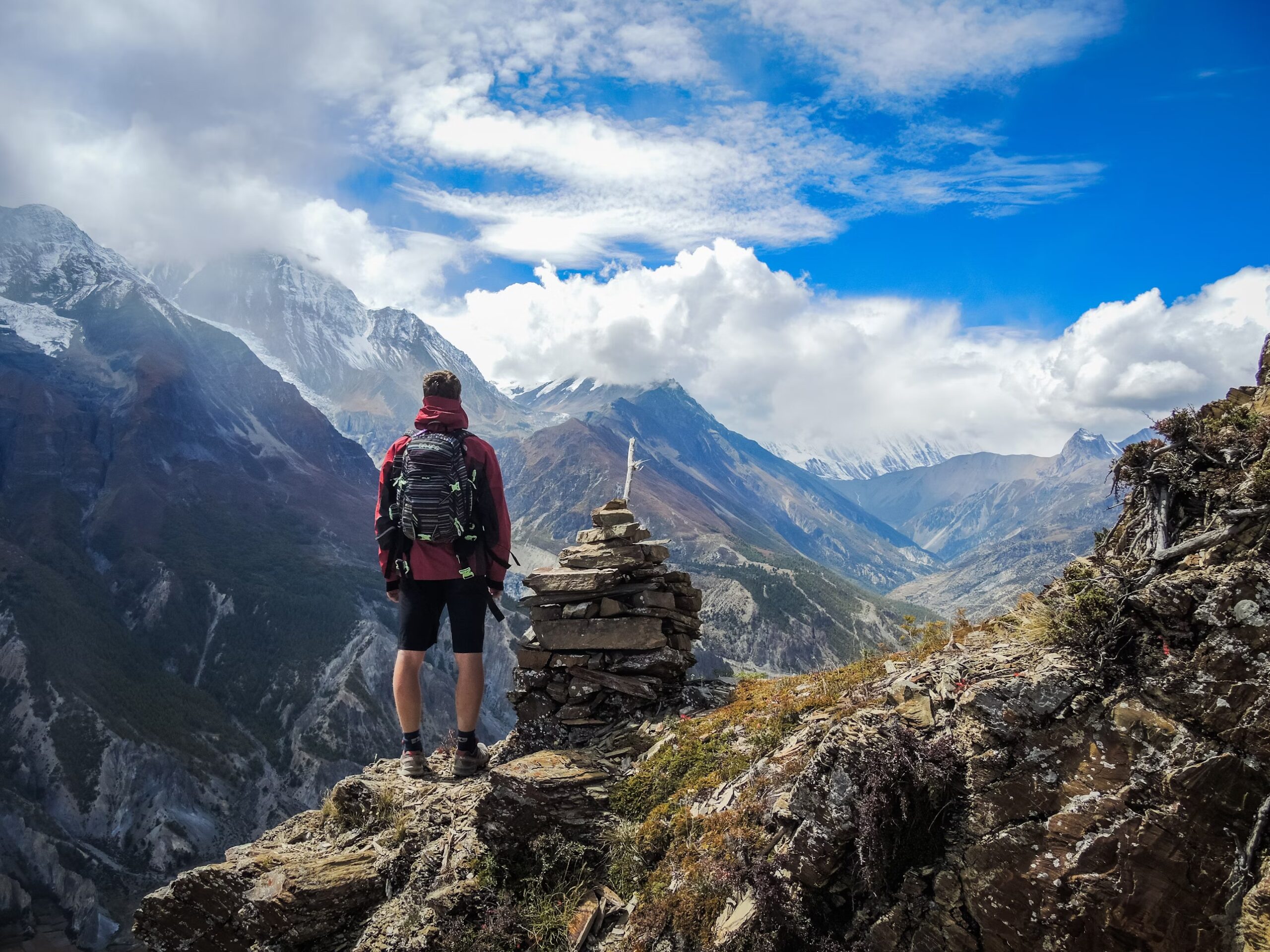
Essential Preparation for Solo Trekking in Ladakh
How to Plan Your Solo Trekking Trip in Ladakh
Planning is the foundation of any successful solo trekking trip in Ladakh. When going solo, it’s even more important to have a clear itinerary, including information about the routes, weather conditions, and permits.
Some of the best solo trekking routes in Ladakh include:
- Markha Valley Trek: A moderate trek suitable for most trekkers.
- Sham Valley Trek: Often called the “Baby Trek,” it’s perfect for beginners.
- Stok Kangri Trek: Ideal for experienced trekkers looking for a challenging high-altitude summit.
Each of these routes requires a different level of preparation, so choose according to your fitness and experience.
Acclimatizing to Ladakh’s High Altitude
One of the biggest challenges when trekking in Ladakh is the altitude. With most trails starting at elevations above 3,000 meters, proper acclimatization is essential. Arrive in Leh at least 2-3 days before your trek to allow your body to adjust to the lower oxygen levels.
Tips for acclimatizing:
- Stay hydrated by drinking plenty of water.
- Avoid alcohol and smoking, as they can worsen the effects of altitude sickness.
- Take it easy during your first few days in Leh—no strenuous activities.
If you experience symptoms of altitude sickness (headache, nausea, dizziness), descend to a lower altitude immediately.
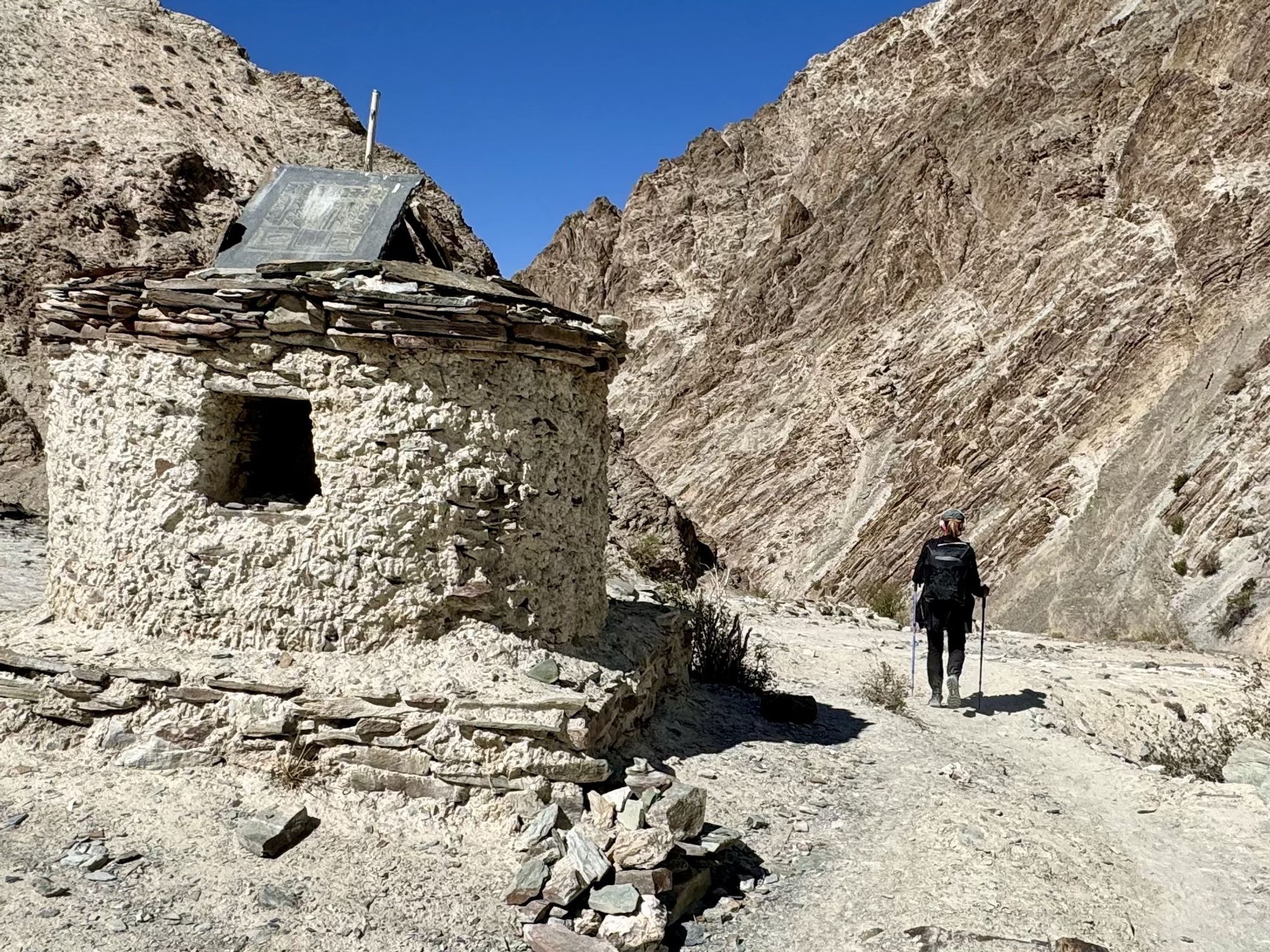
“I underestimated the effects of altitude on my body. Even after months of training, I struggled on my first day. But after slowing down, hydrating, and taking my time to adjust, I was able to complete my trek with no problems.”
— John P., Engineer, USA
Packing Essentials for Solo Trekkers in Ladakh
Packing the right gear is critical for solo trekking. Since you won’t have the support of a group, you’ll need to be entirely self-sufficient. Here’s a list of essentials to ensure your trek goes smoothly:
| Category | Essential Gear |
|---|---|
| Clothing | Warm layers, waterproof jacket, trekking boots |
| Navigation | Map, GPS device, compass |
| Safety | First aid kit, personal locator beacon (PLB), whistle |
| Camping Gear | Lightweight tent, sleeping bag (rated for cold weather) |
| Food & Water | Water purification tablets, high-energy snacks |
For food, make sure to pack dehydrated meals and energy bars that are lightweight yet calorie-dense. Remember that carrying water is critical, but due to the weight, plan to refill along the way using purification methods.
Top Solo Trekking Routes in Ladakh
Markha Valley Solo Trek: The Ultimate Himalayan Experience
The Markha Valley trek is one of the most popular trekking routes in Ladakh for solo adventurers. Covering approximately 65 kilometers, this trek takes you through remote villages, past ancient monasteries, and over high mountain passes such as Kongmaru La at 5,275 meters.
As a solo trekker, you can choose between camping along the way or staying in local homestays. The Markha Valley trek offers a fantastic balance between challenge and accessibility, making it ideal for solo trekkers looking for a moderate trek.
“The Markha Valley trek was one of the most fulfilling experiences of my life. The hospitality of the locals and the dramatic landscapes made it feel like I was walking through a dream.”
— Emily R., Travel Blogger, Australia
Sham Valley Trek: A Beginner-Friendly Solo Trek
For those who are new to solo trekking, the Sham Valley trek is a great introduction to Ladakh. Known for its relatively low altitudes (3,500 meters), this trek is accessible year-round and takes you through picturesque villages like Likir and Hemis Shukpachan.
The trek offers an excellent opportunity to experience Ladakhi culture and beautiful landscapes without the physical demands of higher altitude treks. It’s perfect for beginners and solo trekkers who want a more relaxed trekking experience.
Stok Kangri Trek: A Challenge for Experienced Solo Trekkers (The route is currently suspended).
If you’re looking for a true test of your trekking skills, the Stok Kangri trek is an ideal challenge. The route takes you to the summit of Stok Kangri, one of the highest trekking peaks in India at 6,153 meters. This trek is not for the faint of heart—proper acclimatization and high-altitude trekking experience are essential.
While technically non-technical, the altitude and weather make it a tough adventure. Solo trekkers attempting this route should be well-prepared and self-reliant.
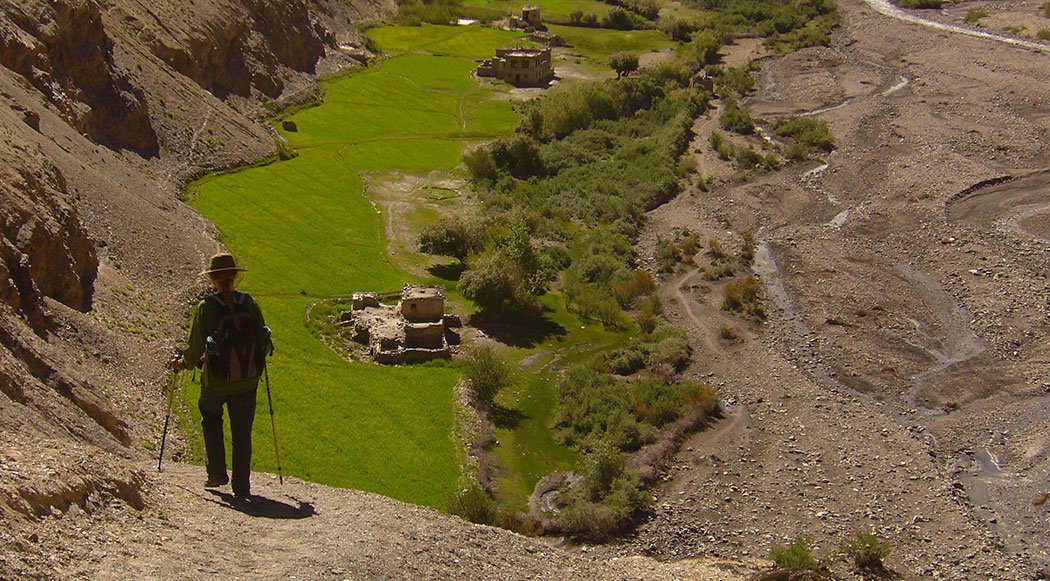
Safety Tips for Solo Trekking in Ladakh
Solo Trekking Safety Precautions
Solo trekking requires extra precautions. Make sure you leave a copy of your trekking itinerary with someone reliable back home or at your guesthouse in Leh. Satellite phones or GPS trackers with SOS functionality are highly recommended since cell coverage is sparse.
Always stick to established routes, and avoid trekking after dark.
How to Deal with Altitude Sickness While Trekking Solo
Altitude sickness is a common issue when trekking in Ladakh. Solo trekkers should be particularly cautious since there’s no one around to help in case of an emergency. Signs of altitude sickness include headaches, dizziness, nausea, and fatigue.
If you notice any symptoms, stop ascending immediately, rest, and if the symptoms worsen, descend to a lower altitude. Carrying altitude sickness medication like Diamox can be helpful, but it’s always best to consult a doctor before your trek.
“I had a minor scare with altitude sickness during my Stok Kangri trek. Luckily, I was prepared and descended quickly, which helped me recover.”
— Liam T., Teacher, UK
Handling Wildlife Encounters on the Trek
Ladakh is home to various wildlife species, including the elusive snow leopard and the Himalayan blue sheep. While encounters with dangerous wildlife are rare, it’s important to stay calm and maintain a safe distance if you do spot animals.
In case of a wildlife encounter, avoid making sudden movements or loud noises. Carrying a whistle and making your presence known can often prevent wildlife from getting too close.
Best Time for Solo Trekking in Ladakh
When to Go: Ideal Seasons for Solo Treks in Ladakh
The best time for solo trekking in Ladakh is between June and September. During these months, the weather is relatively mild, and most trails are accessible. Avoid the harsh winters from November to February, as snow and freezing temperatures can make trekking dangerous and even impassable.
Avoiding the Harsh Winters and Preparing for Summer Treks
Ladakh’s winters are notoriously severe, with temperatures dropping as low as -30°C. The majority of trekking routes are closed during this time due to snow. Summer is the prime season for trekking, offering warmer days and stable weather conditions.
Conclusion: Conquering Ladakh’s Trails Solo
Trekking solo in Ladakh is an experience of a lifetime. The region’s stunning landscapes, cultural richness, and the challenge of its high-altitude trails make it a destination unlike any other. With proper preparation, a carefully chosen route, and attention to safety, you can conquer the trails of Ladakh alone and return home with a deeper sense of accomplishment and self-awareness.
Remember, the key to a successful solo trek is respect for the mountains, thorough planning, and listening to your body every step of the way.

Q&A Section
Q1: Is it safe to go solo trekking in Ladakh?
Yes, with proper preparation and caution, solo trekking in Ladakh is safe. Be sure to carry essential safety gear, acclimatize properly, and inform someone of your itinerary.
Q2: What is the best time for solo trekking in Ladakh?
The best time to trek in Ladakh is between June and September when the weather is favorable. Winter months can be harsh, making trekking difficult.
Q3: What should I pack for a solo trek in Ladakh?
Essential gear includes warm clothing, a waterproof jacket, a GPS device, a first aid kit, camping equipment, and water purification tablets. Make sure you are fully self-sufficient.
Q4: How can I avoid altitude sickness while trekking in Ladakh?
To avoid altitude sickness, stay hydrated, ascend slowly, and spend a few days acclimatizing in Leh before starting your trek. Carry altitude sickness medication if necessary.
Q5: Can beginners attempt solo trekking in Ladakh?
Yes, beginners can attempt solo trekking on easier routes like the Sham Valley trek, which has lower altitudes and less challenging terrain.
Q6: Are permits required for solo trekking in Ladakh?
Yes, permits are required for certain trekking routes in Ladakh. You can obtain them in Leh before starting your trek. Make sure you check the specific requirements for your chosen trail.

